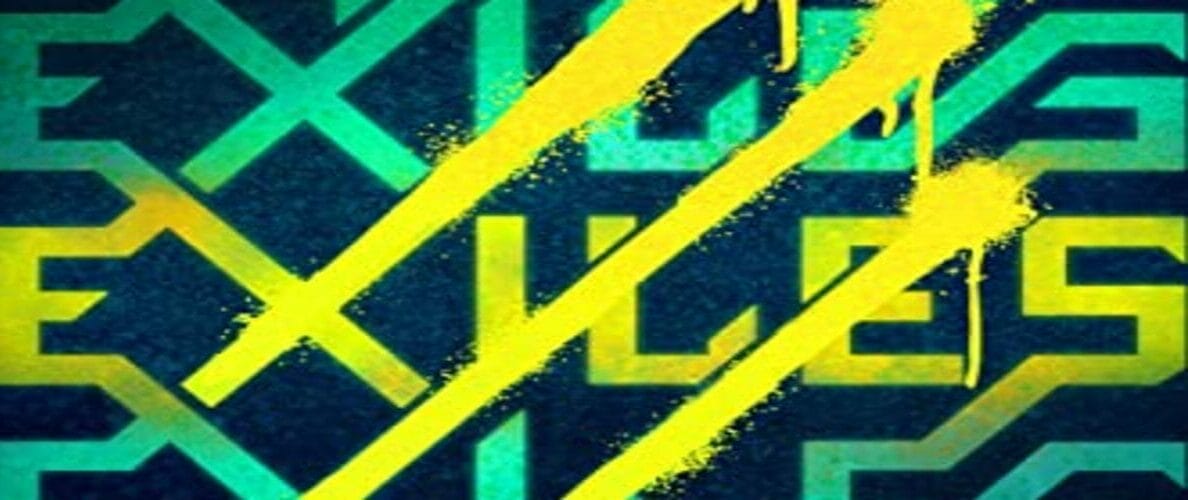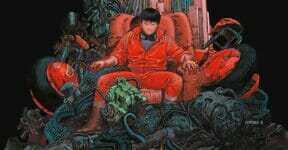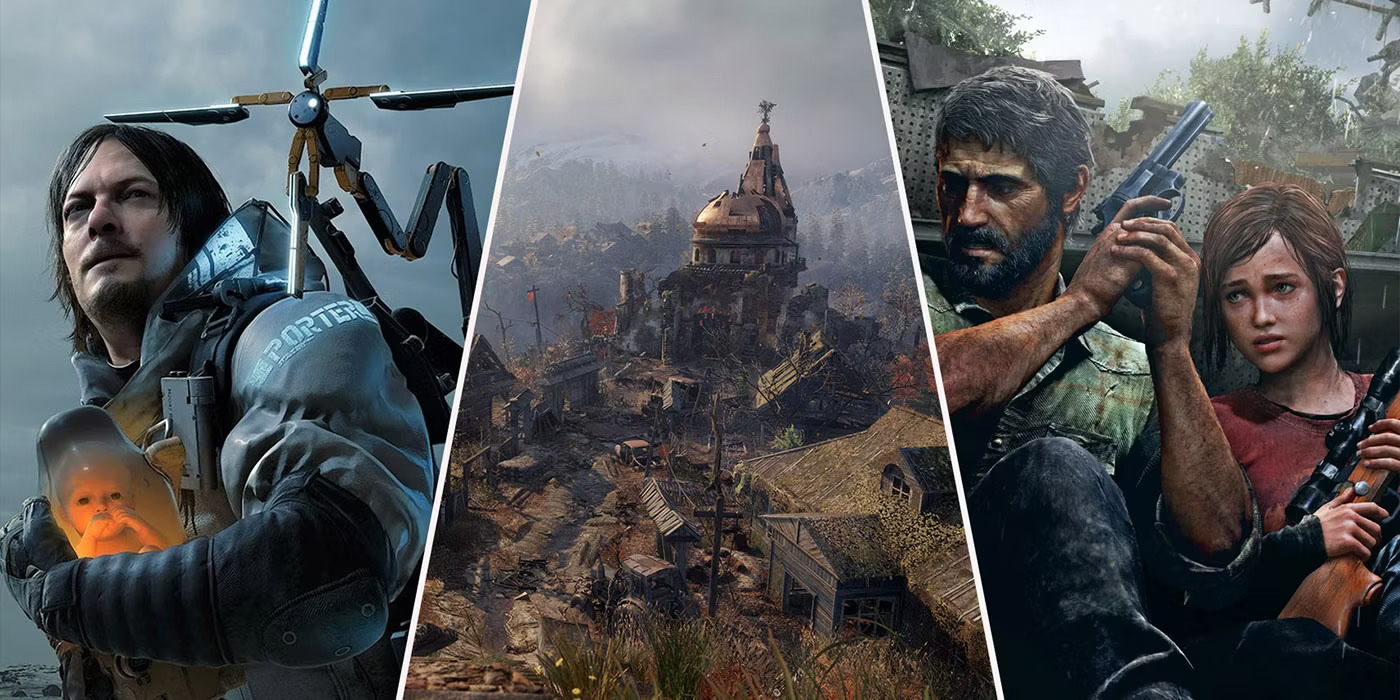Before we dive deeper into the Exiles overview, let us first say some words from the blurb. It is said that a massive earthquake shook the U.S. State of California to its foundation in 2040. Los Angeles took the most damage, with lives lost and fortunes evaporated. The city has been on a journey to recovery for twelve years now on all fronts, but the biggest news at the moment comes from the elite academy called Quest Campus founded by billionaire Damon Yates in Santa Monica Mountains. The academy’s highlight-worthy aim is to provide the unfortunate children victims of the earthquake with housing, education, and healthcare. Twin sisters, Jade and Crys, are among the children taken under its umbrella.
When one of the academy’s brightest students is found murdered, Jade takes separate paths from Crys and begins an investigative adventure to uncover the underlying mystery of the institution. As Jade takes refuge in the downtrodden eastside region of the city, Crys stays at the westside mansion. The former leads a band of exiles composed of the have-nots, whereas the latter finds comfort as Yates’ socialite adoptive daughter mingling with the haves. Jade is very much certain that something sinister lurks around the academy’s every corner, but she needs her sister’s help to solve the puzzle. Easier said than done because Crys, for unknown reasons, is terrified of her own twin sister’s face.

Set in a near-future Los Angeles, the story unveils itself as a discussion of class conflict and the struggle for survival in a technologically advanced metropolis. Exiles put the adventures against the backdrop of the undeniable influence of the super-rich on society. It is a combination of a sci-fi thriller and social commentary on the behavioral tendencies of each social class.
Jade and Crys started their lives together, but things soon took drastic changes following an earthquake in 2040. Their parents died in the disaster, leading them to the doorstep of Damon Yates, who indeed appeared to be wholeheartedly pleased to take them as adoptive daughters. Yates also took or adopted many other poor children and let them stay in his luxurious 1000-acre compound.
Everything seemed fine at the beginning until some kids were found dead under unexplained circumstances in the school facility. Another troubling issue arose from Crys’ strange affliction with panic attacks each time she saw Jade’s face. Every kid in the compound has been subjected to some kind of high-tech experiment, and the entire storyline of the novel is aimed at revealing the nature of the experiment and what should be done with it.
Jade can no longer withstand the secrecy clouding the academy and the sense of Yates’ fake sincerity. She escapes the facility, leaving behind the promises of an accomplished life and great fortune. Crys stays on the premises and continues her own path toward a likely prosperity. Unlike her sister, Jade is back to homelessness but with real freedom of thought along with the less fortunate.
Quest Campus offers a glance at a utopia in which children have good lives with proper education, effective healthcare systems, and equality of opportunity. However, a great deal of disparity between Quest Campus society and the streets of Los Angeles points to an undeniable existence of true dystopia. A powerful heroic savior enters the scene and rescues children in the aftermath of a devastating earthquake, but the experiment done to the children behind closed doors in his compound remains questionable.
Exiles never really puts the dystopian landscape as the dominant context in the story. The homelessness and the struggle outside of Quest Campus stand as mere backgrounds; they are relevant, but neither the most important bits nor the foundation of Exiles. While there are few compelling and thought-provoking commentaries on homeless shelters, the novel thankfully doesn’t push the argument far enough to make it distracting enough.
The main characters have all the imaginable traits of an ideal hero. They are intelligent, capable, redeeming, active, and unselfish that it is easy to focus on what they do instead of the dystopian matter all around them. Supported by a scarily factual depiction of future Los Angeles, the fascinating dynamics between the twins lead to a nonstop sci-fi action with engaging twists and turns as the story moves along. If you’re fond of sci-fi thriller, you can for sure appreciate how Exiles refrains from giving away the extent of the problem and what it takes to come up with the solution until the last pages.
Another unsurprising technical aspect of the writing is how the novel takes full utilization of they/them pronouns to refer to transgender character. Don’t get caught off-guard when you come across repeated use of “they/them” as a singular pronoun. It might seem unusual when you first encounter it, but as you keep reading, everything should be just fine and flow naturally.
We think the first few sections of the book, or the introductory part or it, can feel a bit lacking in terms of details, as it simply drops you in the middle of an unfamiliar world. The good thing is that the plotline picks up the pace quickly and things become easier to read. Exiles describes a futuristic Los Angeles with an eerily realistic approach, which works well as a backdrop for the actual discussion of technological mishaps. Accurate description makes it feel you’re taking a time travel to the future, while the stark differences between Quest Campus and Los Angeles streets will take you to places full of surprises.
What specific parts of Exiles you like best? Do you think its depiction of Los Angeles is on point? We’d love to hear from you.
Other things you might want to know:
Is Exiles part of a series?
You can probably tell that Exiles doesn’t have a complete ending as its own because the novel is part of a series. The sequel and the final part of the story are told in Intruders (2023).
What is Ashley Saunders’s most popular series:
The only other series written by Ashley and Leslie Saunders is The Rule of One:
- The Rule of One (2018)
- The Rule of Many (2019)
- The Rule of All (2020)
What is The Rule of One all about?
Much of the foundation of the story is like that of the 2017 film What Happened to Monday. A future dystopian United States enforces a One-Child policy.
Check out other articles by month:







